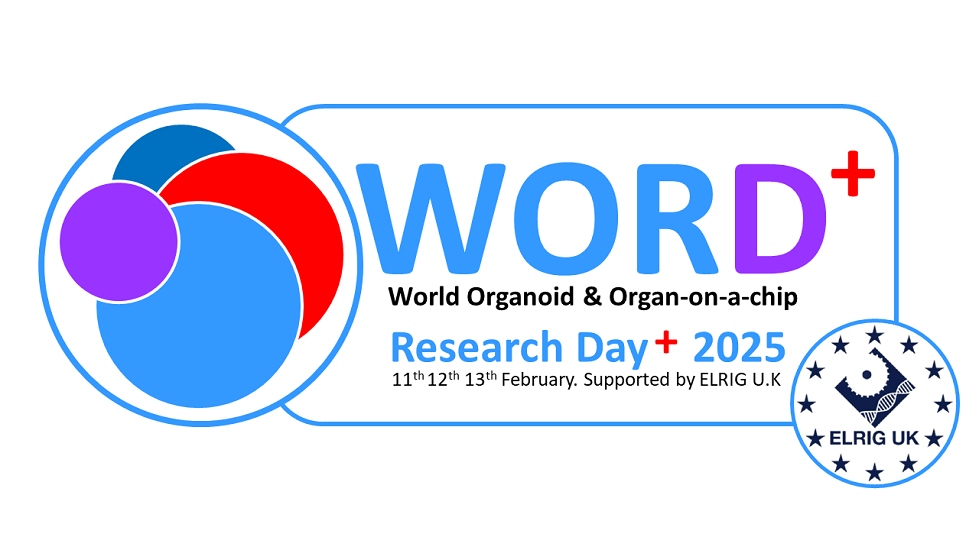Authors
F Masmoudi1; N Dos Santos Ferreira2; X Lin1; S Poghosyan1; S Compte-Sancerni1; D Pajkrt3; K Wolthers3; J De Groot1; LH Vlaming1; J Stallen1; J Rocha-Pereira2; L Buti1;
1 Charles River, Netherlands; 2 KU Leuven, Belgium; 3 University of Amsterdam, Netherlands
Overview
Enteroviruses are a leading cause of upper respiratory tract, gastrointestinal and neurological infections. Management of enterovirus-related diseases has been hindered by the lack of specific antiviral treatments. The pre-clinical and clinical development of such antivirals has been challenging, calling for novel model systems and strategies to identify suitable pre-clinical candidates.
Introduction
Organoids represent a new opportunity to test antiviral agents in a more physiologically relevant system. However, dedicated studies addressing the validation and exploitation of this 3D model in drug discovery are still in its infancy. This study describes the use of human small intestinal organoids (HIOs) as a model to study antiviral treatment against human enterovirus 71 (EV-A71) infection and compares this model to EV-A71-infected RD cells.
Methods
Reference antiviral compounds previously tested in clinical trials were used such as enviroxime, rupintrivir and 2’-C-methylcytidine (2’CMC) to assess their effects on cell viability, virus-induced cytopathic effect (CPE), and viral RNA yield in virus-infected HIOs and the RD cell line. In addition, a high content imaging-based approach was developed to extract phenotypic information of the infected organoids and to assess a compounds’ activity at a single organoid resolution.
Results
Of the three references compounds tested, only Rupintrivir showed good antiviral activity in both HIOs and RD cells, resulting in full protection from EV-A71-induced CPE. Enviroxime and 2’CMC show instead higher toxicity in HIOs and a markedly reduced antiviral activity compared to RD cells.
Conclusion
These results indicate a difference in the activity of the tested compounds between the two models, with HIOs being more sensitive to the infection, drug treatment. Importantly, HIOs give results that more closely align with clinical data. In conclusion, the outcome reveals the added value by using an organoid model in virus and antiviral studies.

